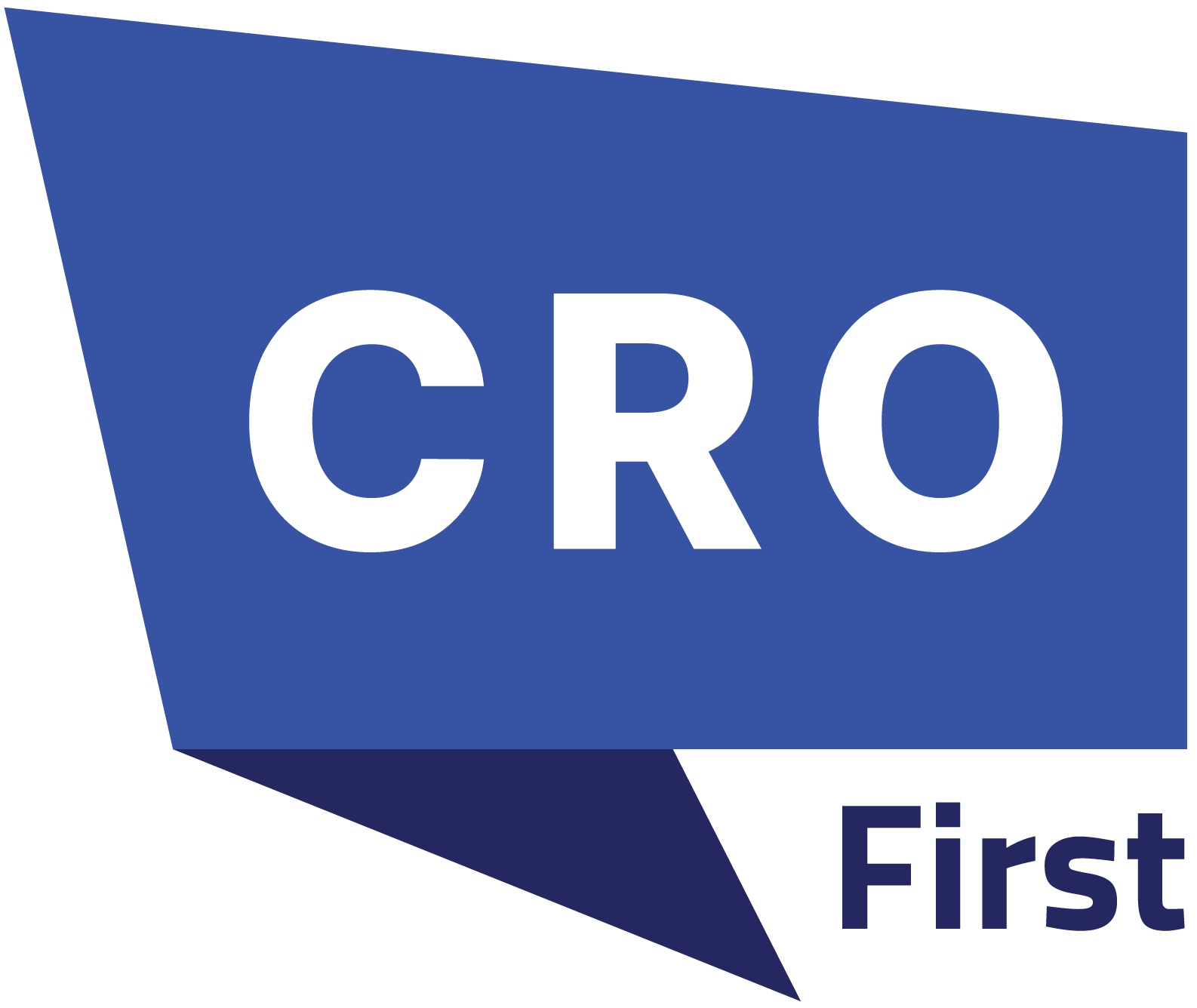As Chief Revenue Officers (CROs) step into the center stage of corporate strategy, their potential to lead and manage teams efficiently is predominant. Revenue growth is no longer just a result of solid sales strategies; it’s the result of reliable leadership, cross-functional alignment, and dedicated workforce. Becoming proficient in leadership and team management can transform a CRO from a functional leader to the driving factor of an organization’s success.
This article explores necessary strategies and effective insights for CROs to succeed in leadership and team management while delivering sustainable revenue growth.
The Evolving Role of the CRO in Leadership
The role of a CRO has advanced beyond overseeing sales. Today’s CROs are predicted to incorporate marketing, customer success, product alignment, and data-driven tactics to create a consolidated revenue engine. This demands extraordinary leadership skills, a focus on collaboration, and the potential to inspire teams across various disciplines. According to a 2023 study by McKinsey, companies with aligned revenue operations see a 10-20% increase in revenue growth compared to their peers.
In addition, LinkedIn’s 2023 Workplace Trends report revealed that 78% of efficient organizations credit their success to strong revenue positioning under the leadership of effective CROs. The growing market intricacies and the expectations of consumers further highlight the need for CROs to adopt a holistic approach to leadership.
-
Building a Unified Revenue Team
Revenue generation is no longer the exclusive responsibility of sales it’s a mutual effort. As a CRO, building an integrated revenue team that includes marketing, sales, customer success, and product development is essential.
- Break down silos: Support clear communication between teams to get the objectives in line. Studies by Forbes suggest that companies with low departmental silos achieve 22% higher customer satisfaction scores.
- Create shared KPIs: Develop metrics that reflect cross-functional collaboration, such as customer lifetime value (CLV), net revenue retention (NRR), or win rates. A 2022 Deloitte report indicated that organizations leveraging shared KPIs are 15% more likely to surpass revenue targets.
- Hold regular alignment meetings: Use meetings to review progress, find a solution for conflicts, and strengthen shared goals.
Example: HubSpot’s “Revenue Operations” team combines marketing, sales, and customer success under one umbrella, resulting in inconsistent revenue growth and a smooth customer experience. This approach has resulted in a 24% year-over-year growth in their annual recurring revenue (ARR).
Also Read: Courtney Olson Joins SwiftWall as Chief Revenue Officer
-
Inspiring and Empowering Your Team

An engaged team is the backbone of revenue growth. CROs must focus on motivating and allowing their teams to achieve their best performance.
- Share a clear vision: Explain the organization’s financial goals and each team’s role in achieving them. Gallup’s State of the American Workplace report says 71% of employees are disengaged when unclear about their role in achieving company goals.
- Encourage autonomy: Allow team members to decide, but support them always. Harvard Business Review research shows autonomy boosts productivity by 20%.
- Recognize achievements: Celebrate both individual and team successes to raise confidence and motivation.
Anecdote: In a tough quarter, a SaaS CRO held weekly “revenue wins” meetings. Team members shared small wins. This approach uplifted their morale and led to a 15% increase in productivity. Recognition programs, as per SHRM, can boost employee engagement by up to 50%.
-
Leveraging Data to Drive Decisions
Data-driven leadership is an indicator of successful CROs. Making use of analytics for decision-making ensures precision and builds trust among team members.
- Implement robust CRM tools: Usage of platforms like Salesforce or HubSpot to monitor metrics like pipeline velocity, conversion rates, and churn rates. According to Statista, CRM usage increases sales by up to 29%.
- Encourage data literacy: Train teams to understand and analyze data to make well-considered decisions. Gartner reports that organizations that give importance to data literacy see a 23% progress in the performances of employees.
- Monitor real-time insights: Use dashboards to keep record of performance metrics and find out bottlenecks in an instance. Accenture conducted a study, which founf out that predictive analytics eventually lead to enhanced process of making decision by up to 33%.
Statistic: Gartner reports that businesses that are using advanced analytics experience a 26% improvement in decision-making speed and accuracy, while also lowering operational costs by up to 12%.
-
Prioritizing Leadership Development
Strong leaders create results-driven teams. CROs should invest in leadership development for themselves and their teams to promote a culture of constant growth.
- Develop a mentorship program: Pair senior leaders with upcoming talent to encourage future leaders. Research by ATD shows that 71% of Fortune 500 companies credit mentorship programs for enhanced leadership pipelines.
- Attend leadership workshops: Stay updated on the most recent leadership trends and techniques. Leaders who are continuously learning are 32% more likely to foster innovation in their organizations, according to the World Economic Forum.
- Promote from within: Recognize and uplift high-performing team members to directorship roles.
Example: Adobe’s leadership development program focuses on practical learning, resulting in a 30% increase in internal promotions and a 25% reduction in employee turnover.
-
Driving Revenue Growth Through Customer-Centric Strategies
Understanding the customer is necessary for driving revenue. CROs must inculcate a customer-first mindset throughout the organization.
- Leverage customer feedback: Collect insights on a regular basis from customers to streamline strategies. Companies that take a note of customer feedback achieve 10% higher retention rates, as noted by Qualtrics.
- Align teams around the customer journey: Making sure that every department understands its role in elevating customer experiences. Forrester’s CX Index highlights that businesses doing well in customer experience see revenue growth rates two times that of their rivals.
- Invest in retention strategies: Focus on customer success to improve retention and CLV. Keeping hold of an existing customer is 5-10 times more resourceful than attaining a new one, according to Bain & Company.
Statistic: Research by Bain & Company shows that raising customer retention rates by 5% can enhance profits by 25-95%, focusing on the importance of customer orientation in driving revenue growth.
-
Navigating Challenges with Emotional Intelligence

Leadership isn’t just about a specific approach it’s about connection. Emotional intelligence (EI) enables CROs to navigate conflicts, build trust, and promote a positive work environment.
- Practice active listening: Show sincere interest in the concerns as well as suggestions of the team. Attentive listening has been found to enhance the satisfaction of employees by 40%, according to HR Daily Advisor.
- Adapt your leadership style: Customize your strategy suitable for all team members’ needs. Leaders with high resourcefulness report 30% higher team engagement, as stated by Deloitte.
- Foster psychological safety: Create an environment where employees feel safe sharing ideas and feedback. Google’s Project Aristotle found that psychological safety is the number one visionary of high-performing teams.
Tip: Studies show that leaders with high EI drive better team performance and cut down turnover rates by up to 30%, which is instrumental in making it a more stable and productive organization.
-
Measuring and Celebrating Success
Clear metrics and frequent recognition keep teams encouraged and in line with the goals of the organization.
- Track key revenue metrics: Monitor ARR (Annual Recurring Revenue), churn rates, and sales cycle length. A recent study by SaaS Capital indicates that companies tracking these metrics see 28% higher growth rates.
- Celebrate milestones: Use team meetings or town halls to highlight progress and successes. Recognition increases employee engagement by 60%, as per a Gallup survey.
- Reassess and recalibrate: Evaluate strategies daily and adjust them based on outcomes. Agile leadership approaches are linked to a 25% improvement in team performance, according to McKinsey.
Example: A CRO at a B2B company used gamification to reward top-performing teams, resulting in a 20% increase in quarterly revenue. Gamification strategies have been shown to improve the productivity of employees by 48%, according to the University of Warwick.
Conclusion
Mastering leadership and team management is crucial for any CRO looking forward to driving sustained revenue growth. By encouraging teamwork, making use of data, keeping development on priority, and adopting a customer-centric approach, CROs can create an efficient revenue organization.
The demands of modern business require flexible tactics and a versatile outlook. With these actionable insights, CROs can lead their teams to not only meet but surpass revenue goals, securing their organization’s position as an industry leader. By embracing these practices, CROs ensure they’re not just driving revenue but also shaping a flourishing organizational culture that stands the test of time.

